A DUI charge and arrest can have a significant impact on your life. The court will likely suspend your license. You can also be subject to fines, expenses, and other consequences. Read on for guidance on what steps to take after receiving a DUI.
Get Yourself a Safe Ride Home
One of the most important steps to take after receiving a DUI to ensure your safety and legal security is to get yourself a safe ride home immediately after the police release you. If someone comes and pays your bond, some counties will let you leave jail immediately after they charged you, but others may have you spend the night until you sober up. Finding a ride home is the best course of action, no matter your situation. You shouldn’t take the chance of driving yourself home and accruing yet another penalty, as your license will most likely be suspended immediately if you are charged with a DUI.
Plan Your Future Schedule Around Your Court Date
A notification with your court appearance date will be issued before you leave jail. Don’t forget or ignore this date under any circumstances. Put the time and date of your court appearance in your calendar as soon as you arrive home. To ensure you don’t have conflicting appointments on that day, contact work and anybody else you need to.
Prepare for Your Court Appearance
Depending on how you want to plead, different things will be expected of you. Present yourself professionally and carry any documentation you may need to enter a guilty plea.
You’ll have to put in a lot more preparation work if you want to enter a not guilty plea, and you should have legal counsel on your side. This might entail writing down your memories of what transpired that evening and obtaining witness testimony from others who were present. You may even have to provide proof of required high-risk insurance such as SR22 broad form insurance if your license is given back to you before you can drive again.
Taking these steps will do a huge amount to help you get through your DUI charge. Just be sure to get the appropriate insurance and a good lawyer to help you reinstate your driving privileges as soon as possible.

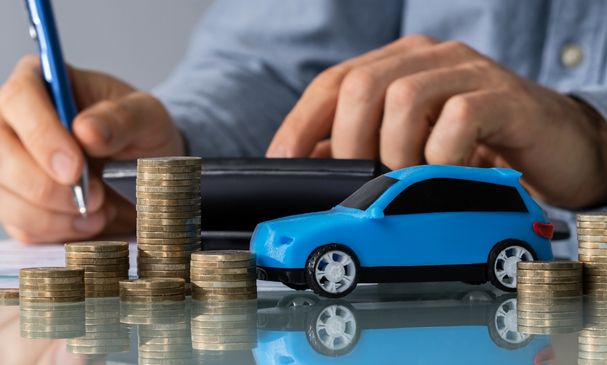
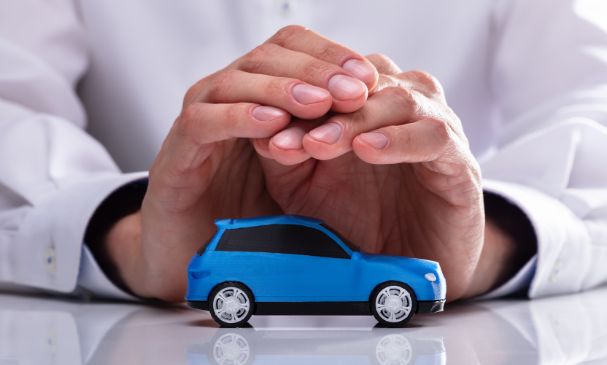

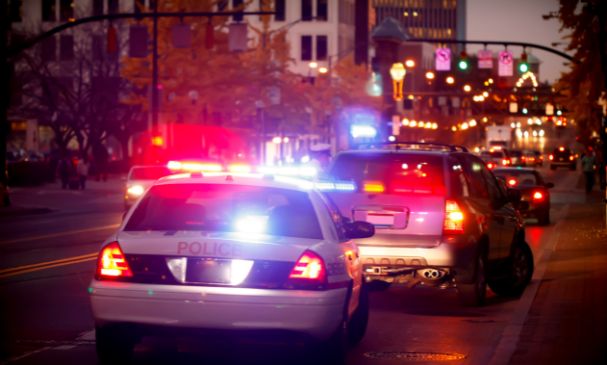
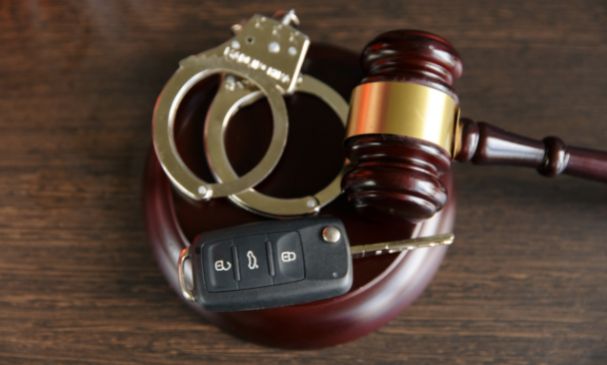
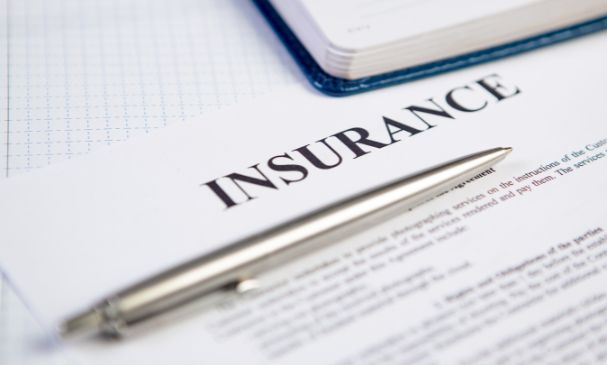


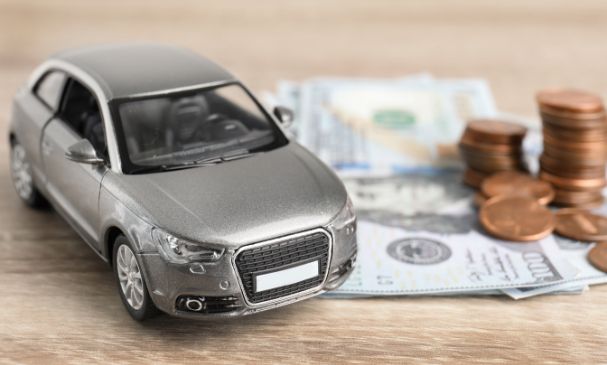

Recent Comments